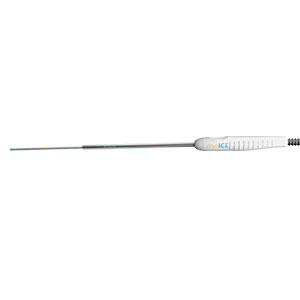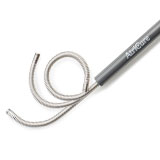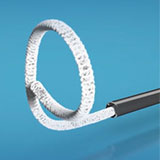Fast Performance
Quick to achieve therapeutic temperatures and maintain consistent temperature along probe length.
The Latest Generation cryoICE Cryoablation Probe Providing the Flexibility Desired and Consistency Needed
Request More Information
The cryoFORM Cryoablation probe allows surgeons to easily shape and position the probe using endoscopic instruments.

Increased probe flexibility with average bending forces up to 60° to adapt to a variety of surgical ablation procedures.

Maintains a consistent freeze along the length of probe to achieve multiple necrosis. With multiple gas outlets, cryoFORM provides a uniform freeze.
Quick to achieve therapeutic temperatures and maintain consistent temperature along probe length.
Utilizes nitrous oxide, resulting in a higher heat absorption capacity than argon.
Features retractable handle to expose the active probe length.